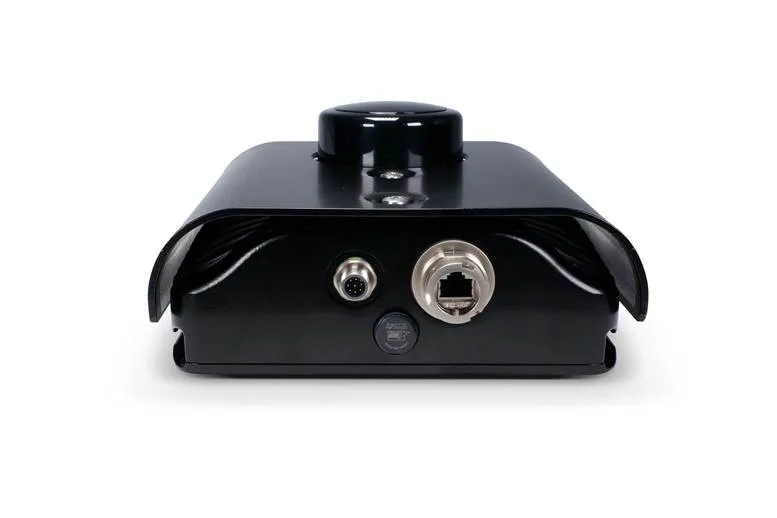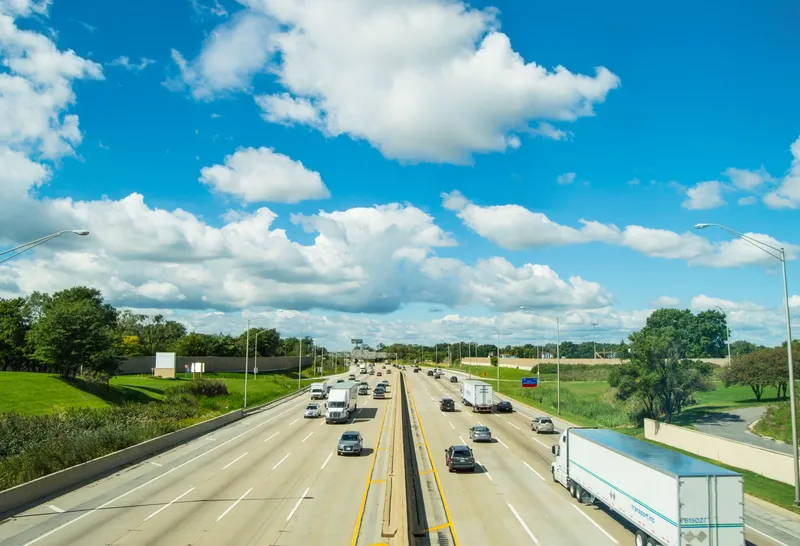
SpeedCapture is used in conjunction with the TruSpeed Sxb Bluetooth laser, enabling police officers to use the Sxb/SpeedCapture enforcement system to collect evidence of distracted driving, seatbelt, HOV lane and speeding violations. Enforcement records can be automatically uploaded to a secure server or downloaded to any work station, organised by officer name, date, and time.
A two-button process simplifies the process of transmitting images to other officers.
Among the new features of SpeedCapture is the ability to use the phone’s GPS to automatically pinpoint current location, with the option to pinpoint a more precise location if required.










